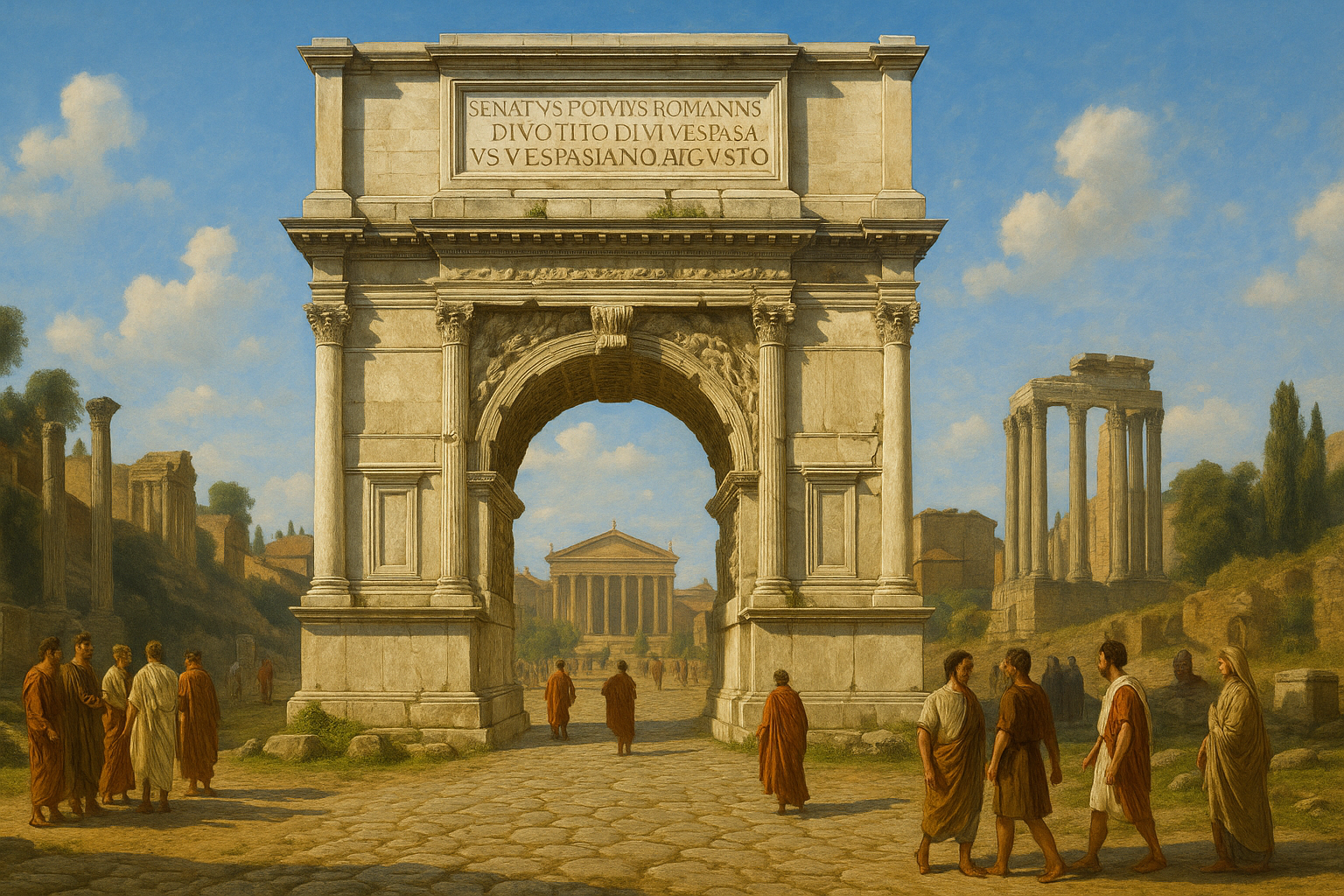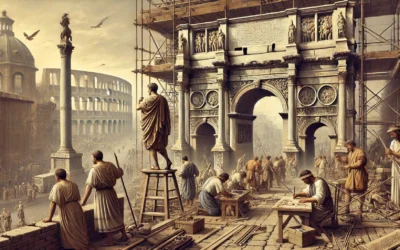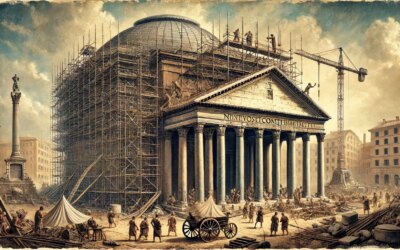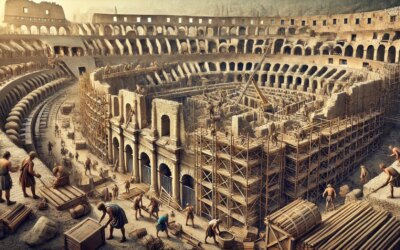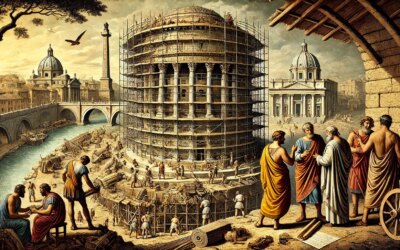A Monument Born from Victory
Standing at the southeastern end of the Roman Forum, the Arch of Titus has commemorated imperial triumph for nearly two millennia. Erected in AD 82 by Emperor Domitian in honor of his brother Titus, the monument celebrates Rome’s victory in the Jewish War (66–73 AD) and the sack of Jerusalem in AD 70. This single-span marble arch not only immortalized Titus’s achievements but also set a precedent for triumphal architecture across the Roman world and beyond.
Historical Context: The Jewish War
Under Emperor Nero, Jewish rebels revolted against Roman rule in Judea in AD 66. After initial setbacks, Rome dispatched legions under Vespasian and his son Titus. Following the fall of Galilean fortresses, the rebels retreated to Jerusalem. In AD 70, Titus besieged and captured the city, destroying the Second Temple and looting its treasures. The victory was a defining moment for the Flavian dynasty and for Titus personally, heralding his succession to the emperorship in AD 79.
Design and Symbolism
The Arch of Titus rises about 15 meters high and 13.5 meters wide, constructed from Pentelic marble. Its design draws on Greek influences and earlier Roman arches but introduces innovations:
- Single archway: Unlike multi-bay arches before, Titus’s arch focused attention on a single, grand passage.
- Engraved inscription: The dedication reads, “The Senate and People of Rome (DEDICATED) to the divine Titus Vespasian Augustus, son of the divine Vespasian.”
- Relief panels: Inside the arch, two reliefs dramatize the triumphal procession: one shows Roman soldiers carrying the Menorah and spoils from the Temple; the other depicts Titus riding in a triumphal chariot, escorted by Victory.
Cultural and Political Impact
The arch functioned as both a political statement and a religious symbol. By portraying the spoils of Jerusalem, the Flavians underscored divine favor for Titus and legitimized the new dynasty. Citizens passing beneath the arch on triumphal route from the Capitoline to the Forum would recall the power of Rome over distant peoples.
Subsequent emperors emulated Titus’s monument. The Arch of Septimius Severus and Arch of Constantine continued the tradition of triumphal arches, reinforcing the Roman practice of marking military success in stone. In medieval and Renaissance Europe, the Arch of Titus inspired gateways, city arches, and even victory columns.
Architectural Innovations
Titus’s arch introduced key architectural features that became standard in later triumphal monuments:
- Composite capital: Blending Ionic volutes with Corinthian acanthus leaves, offering a richer profile.
- Pilasters: Framing the arch, they provided structural support and visual rhythm.
- Vaulted passage: A barrel-vaulted ceiling within the archway, decorated with coffered panels and rosettes.
Rediscovery and Restoration
Through the Middle Ages, the arch stood as part of Rome’s cityscape, often misattributed or adapted into fortifications. In the 19th century, archaeologists began systematic restoration under the direction of Carlo Fea and later Vincenzo Tineo. Today, the Arch of Titus is conserved by the Italian government and remains a focal point for visitors exploring the Forum’s layers of history.
Enduring Legacy
The Arch of Titus endures as more than an artifact; it is a narrative in stone of imperial ambition, religious conflict, and architectural prowess. From Jewish tradition—where the menorah relief is echoed on the Arch of Titus coin—to Western art and architecture, Titus’s arch casts a long shadow. It reminds us that monuments immortalize not just events, but values and power structures—a lesson as relevant today as it was nearly two thousand years ago.

